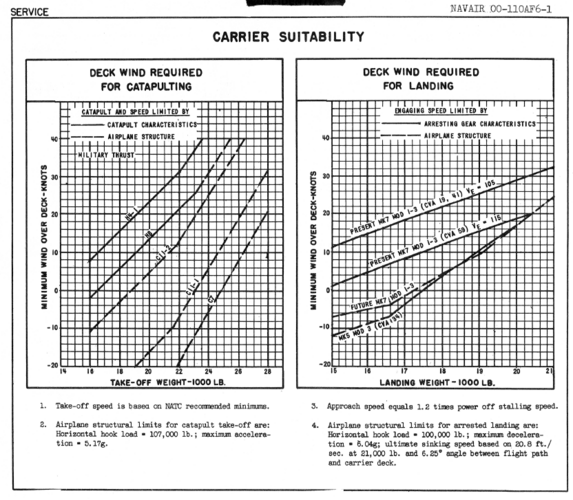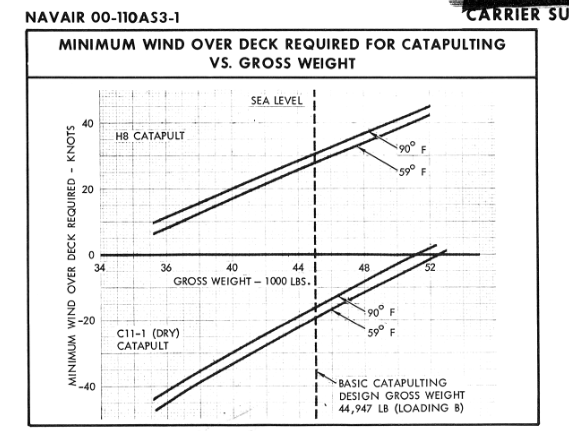Ok.. so lets look at a best case scenario.. with the additional fuel in the wing Tiger easily meets the loiter/range requirement for the USN GP fighter which would replace the F3 Demon, perhaps not en masse since the Phantom replaced many of those, but at least in usage on the Essex class carriers. So at the worst the Tiger would stay in carrier service until 1964. In a best case they slot J-79 into some new build airframes and convert some existing (if practical), and still use the F-8 in the day fighter role, one Tiger squadron and 1 Crusader on the CVA-19s and however many the CVS's carried to chase Bears/Badgers away even if still fitted with the J-65 in that role the economics now make sense with other Tiger units in service.
I guess the CVS are the only niche to squeeze in a third type besides Crusader and Phantom. The CVS had a fighter detachment, banshees or later 4 skyhawks with sidewinders (not all weather capable).
In the mid-1950s, several Essex-class carriers were repurposed from attack to antisubmarine warfare and redesignated from CVA to CVS. Althou...

thanlont.blogspot.com

www.ebdir.net
So for some reason, the navy decides it needs better fighter protection for the CVS and looks for an all weather fighter that can be launched from the H8 catapult and land with the MK5 arresting gear. Difficult, but if you pull it off, it will work from virtually all steam catapults, including short and low pressure ones. The export markets look bright, but only if the USN orders the type. Might even eat into the crusader due to its lack of radome space.
The H8 had 105 kts endspeed @ 15k lbs, from there on 1-2 kts down per 1000 lbs. Can launch heavy aircraft, just at slow speeds. Even an S-3.
Problem: The wind over deck requirement rises fast, especially with 50s type jets, and it is no longer practical. If you are looking for something like 25k lbs, this is from the F-6 Skyray SAC:
View attachment 687416
So at 23k lbs the F-6 needs 26 kts wod. Stall speed would be about 120 kts. That's about the limit you'd have to keep to with the super tiger, less at higher weights.
The Tiger had a stall speed of 133 kts @ 24k lbs. If you are looking for a heavier plane, you have to pull out all the stops: nose gear for angle, maybe blc - but it might be too early for that...



